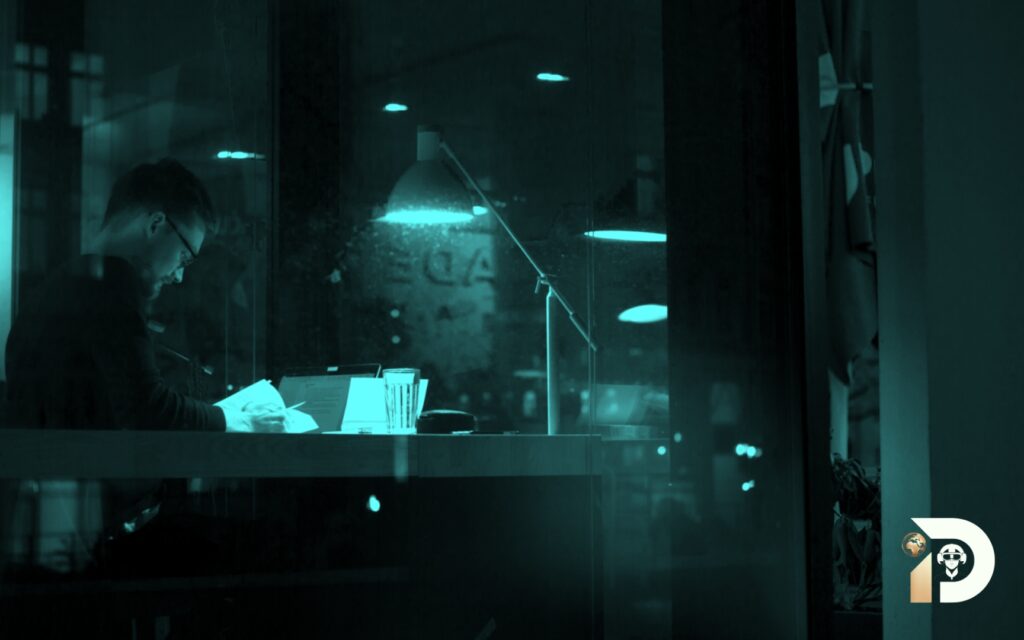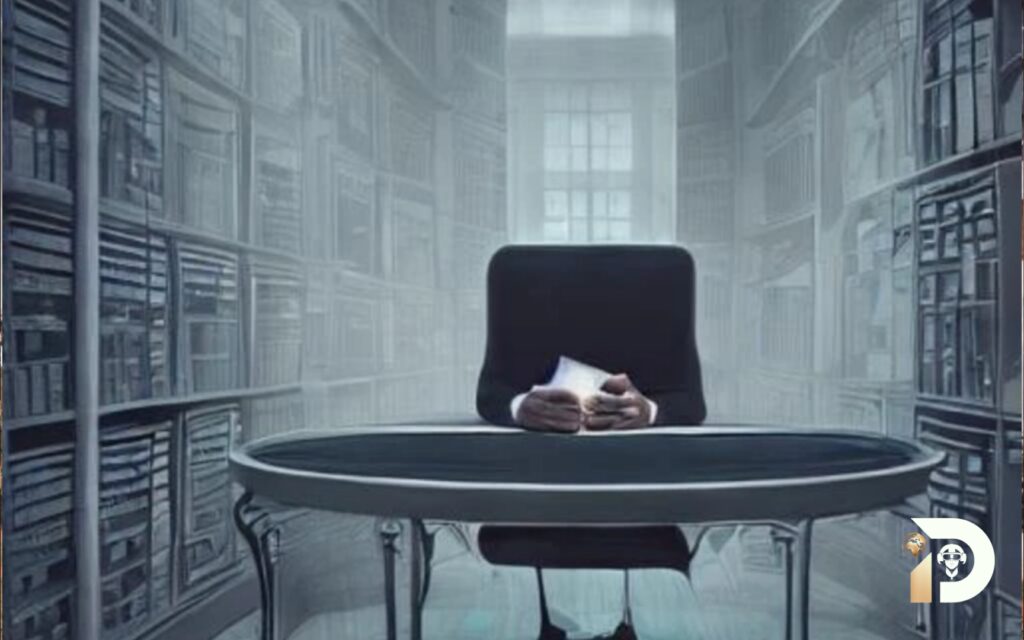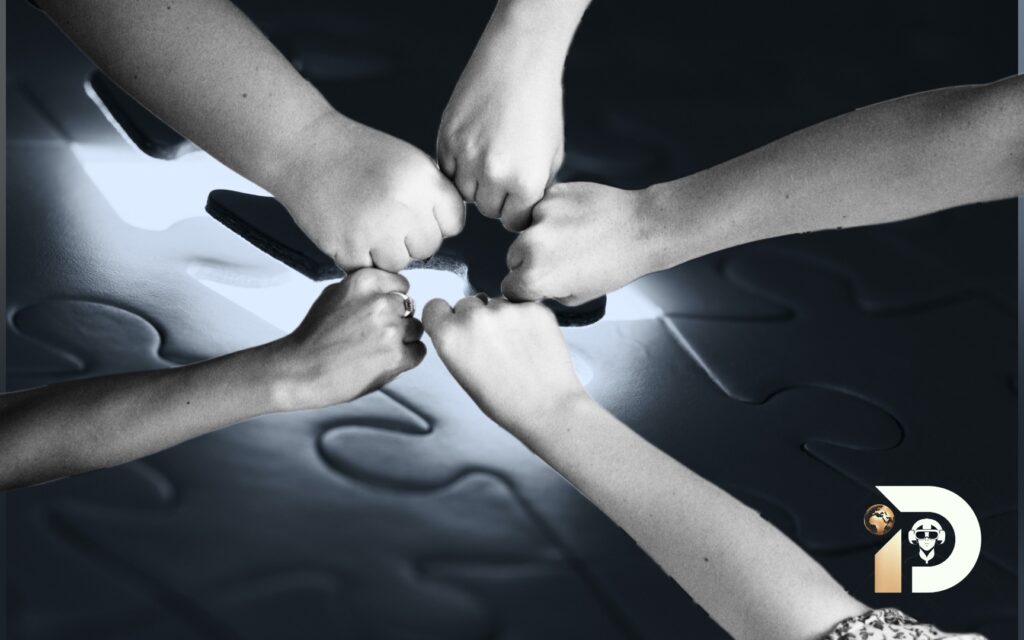• Introduction
Education is fundamental to society because it shapes people, communities, and countries. The Indian educational system is essential in training the next generation for their future pursuits. Deep-seated problems, however, exist underneath the surface and must be addressed. By exposing the murky truths about the Indian educational system, this post hopes to spark debate and thought. Let’s explore the historical background, difficulties students face, problems with the evaluation and assessment system, teacher shortage, bureaucratic rules, lack of comprehensive sex education, ramifications for society and the future, suggested reforms and solutions, and key takeaways before diving deeper into this topic.
Table of Contents

• Historical Background of Indian Education
– The impact of colonialism on education under British rule
The colonial background of India is still visible in the country’s educational system. The tight and hierarchical structure that the British Raj established was intended to advance their colonial objectives. Education turned into a tool for creating a docile workforce, which strengthened elitism and socioeconomic divisions.
– Post-independence developments and challenges
India’s educational system was faced with the task of guaranteeing equal access to education after achieving independence. Despite efforts to end illiteracy, many obstacles continued to stand in the way of the system’s development. A truly inclusive system was hampered by issues including poverty, poor infrastructure, and cultural biases.
– The role of political agendas in shaping the system
The design of the Indian educational system has been significantly influenced by politics. Governments frequently employ education as a tactic to advance or garner support for their views. Political goals have so influenced policies and reforms, sometimes at the price of actual educational advancement.

• Challenges Faced by Students
A. Unrealistic expectations and competitive pressure
Intense competition is pervasive in Indian education, which has made the learning environment for pupils brutal. The mental health of students suffers as a result of this hypercompetitive atmosphere, which is supported by society and family expectations. Young learners are more stressed, anxious, and even depressed due to the constant quest of excellence and the fear of failure.
B. Lack of critical thinking and repetition
The rote technique of learning, in which students memorize information without really understanding its conceptual underpinnings, has long been encouraged in India’s educational system. This method inhibits the development of critical thinking and analytical abilities in kids, preventing them from reaching their full potential. Additionally, rote memorization is overemphasized, which stifles creativity and innovation and reduces education to the recitation of information.
C. Unequal Access to High-Quality Education
The stark gap in access to high-quality education is one of the biggest problems the Indian educational system faces. Rural places, especially those in marginalized groups, struggle with poor infrastructure, little funding, and a teacher shortage. Government schools, designed to close the gap, frequently struggle to provide high-quality education because they lack the necessary resources. Financial obstacles also make it more difficult to acquire high-quality education, feeding the inequity loop.

• Assessment and Evaluation System Issues
A. Emphasis on Memorization at the Expense of Application
In India, the assessment and evaluation process largely promotes rote memorization over the use of information in real-world situations. Exams generally measure a student’s ability to recite facts from memory, not their comprehension or critical-thinking abilities. This limited focus falls short of preparing students for real-world problems, where the capacity to apply knowledge in realistic situations is crucial.
B. Exam Paper Leaks and Corrupt Practices
Exam paper leaks that made headlines have damaged the reputation of the Indian educational system. The integrity of exams is compromised when organized organizations take advantage of weaknesses. Such unethical actions not only damage the credibility of the system, but they also disfavor deserving students, feeding the myth that the system is unjust and crooked.
C. Coaching Culture and Commercialization of Education
India has seen a boom in coaching facilities, which are now closely associated with the educational system. Success is frequently connected with external coaching rather than innate ability and diligence in this culture, which has been created by these institutes. As many children from economically disadvantaged households continue to be unable to afford high-quality coaching, the commercialization of education has exacerbated inequality. This environment fosters a competitive mindset and deepens the gap between pupils from privileged backgrounds and those from less fortunate backgrounds.

• Teacher Shortage and Quality of Instruction
A. Lack of Sufficiently Qualified Teachers
India suffers from a severe teacher shortage, particularly in rural and low-income institutions. This deficit not only lowers overall educational standards but also deepens the gap between urban and rural areas. To guarantee that all kids have fair access to high-quality education, efforts must be taken to recruit and keep qualified teachers in these areas.
B. Poor Classroom Practices and Outdated Teaching Methods
Many Indian classrooms still use antiquated teaching techniques that impede critical thinking and active learning. Traditional lecture-based methods frequently fall short of students’ different learning demands and fail to engage them. To foster a love of learning and prepare students for a fast changing world, creative and student-centered instructional techniques are crucial in the digital age.
C. Absence of Teacher Accountability and Evaluation
The Indian educational system is in need of more efficient mechanisms for evaluating and holding teachers accountable. The quality of instruction suffers when there aren’t reliable methods in place to evaluate and enhance teacher performance. To find areas for improvement, offer chances for professional development, and make sure that instructors have the skills required to give high-quality education, it is essential to have access to reliable data and evaluation methods

• Understanding the Complex Web: Issues in Bureaucracy and Policy
A. Lack of Autonomy for Educational Institutions
Overly centralized decision-making and excessive bureaucracy frequently cause problems for the Indian educational system. The inability of educational institutions to respond to shifting requirements and pedagogical advances is hampered by their lack of autonomy and flexibility. The development and efficiency of educational institutions can be aided by promoting greater independence and creating an atmosphere that is open to experimentation and innovation.
B. Outdated Rules and Too Much Certification
Policy rigidity can hinder the education system’s ability to adapt to changing conditions and needs. The value of practical talents and real-world experience is diminished by the overemphasis on diplomas, degrees, and academic accomplishments. Reforms are necessary to ensure that the educational system creates people who are capable of thriving in the workforce by striking a balance between theoretical knowledge and industry-relevant abilities.
C. The lack of thorough sex education
The taboo around talking about sexuality and sexual health is maintained in India by the lack of comprehensive sex education. Due to their ignorance, young people are more susceptible to problems including unintended births, the spread of STDs, and false information. When integrated into the curriculum, comprehensive sex education provides kids with accurate and age-appropriate knowledge, promoting positive attitudes and behaviors.

• The Future of Society and the Consequences
A. The Skills Gap and the Job Crisis
A sizable skills gap results from the Indian educational system’s inability to close the gap between education and labor market demands. Due to a mismatch between their credentials and the requirements of the actual job, many educated people find themselves unemployed or working part-time. It is necessary to move away from traditional educational models and toward career-focused training programs that give students the relevant, marketable skills companies are looking for.
B. Unfairness and the Strengthening of Social Hierarchies
Despite being a driver of social mobility, education frequently serves to maintain social inequality in India. Unequal access to educational opportunities is a result of a variety of factors, including caste, gender, and economic inequities. To end this cycle, comprehensive and equitable education must be offered, ensuring that everyone, regardless of background, has an equal opportunity to realize their full potential.
C. Brain Drain and Misallocation of Human Capital
The brain drain phenomenon makes the problems the Indian educational system is facing worse. Talented people frequently go abroad for their studies because there aren’t enough possibilities and resources available here. Potential change agents are attracted elsewhere, which has a negative impact on national development efforts. For India to properly harness and utilize the human capital of the nation, it is essential to strike a balance between the retention of talent and the creation of chances.

• Proposed Reforms and Solutions
A. Shifting Focus from Marks to Holistic Development
A holistic approach to education is necessary to get past a narrow focus on academics and marks. Creativity, critical thinking, and personal development can be encouraged by placing more emphasis on students’ overall development than on their performance on class exams. A variety of abilities, such as problem-solving, teamwork, communication, and leadership, should be covered in assessments. To develop well-rounded people, extracurricular activities and chances for personality development should be promoted.
B. Improving Teacher Professional Development and Education
Teacher education programs need to be reorganized to put an emphasis on effectiveness and relevance in order to improve the quality of instruction. To keep educators up to date on pedagogical developments and provide them the skills they need to engage students successfully, opportunities for ongoing professional development must be made available to them. Recognizing and recognizing outstanding teaching can encourage teachers even more and raise the standard of education as a whole.
C. Curriculum Reforms and Emphasizing Practical Learning
For education to be in line with practical needs, the curriculum must be revised to integrate practical skills and applications. Students can be given the tools they need to succeed in a world that is changing quickly by introducing technology and knowledge that is relevant to the workplace. Instilling a passion of learning and utilizing a variety of teaching techniques helps pupils become more prepared for obstacles they may encounter outside of the classroom.
• Summary and Important Learnings
We have examined the murky corners of the Indian educational system in this post. We have looked at the historical context, difficulties pupils confront, problems in the evaluation and assessment process, teacher shortage, bureaucratic regulations, lack of comprehensive sex education, ramifications for society and the future, suggested reforms, and answers. Collective efforts from legislators, educators, parents, and students will be needed to address these concerns. India can create the conditions for a better future where everyone has access to high-quality education by admitting the issues and working for comprehensive and inclusive changes.
Finally, I want to point out that the Indian educational system lacks these two components:
1 : Education
2 : System
Liked Our Blog! Just share with your Friends 😀
